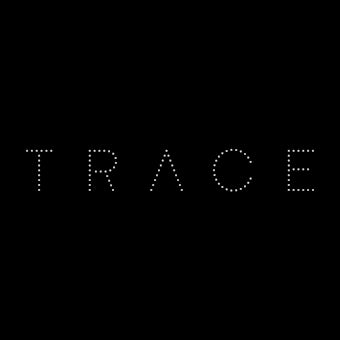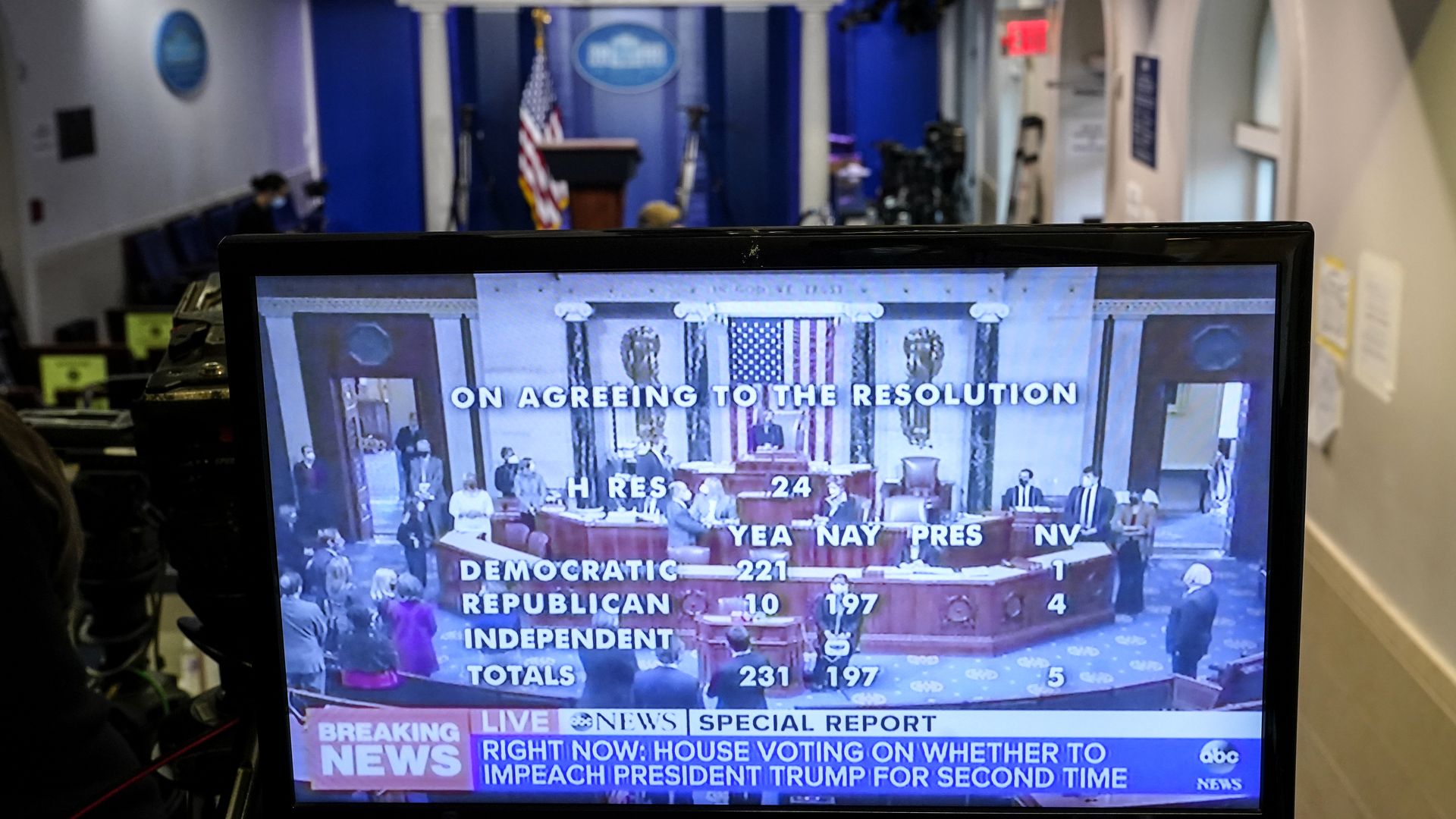Press Release
Nokia supports T-Mobile 5G evolution with five-year expansion deal
- T-Mobile extends a longstanding partnership with Nokia to expand its nationwide 5G network
- Nokia's Airscale Massive MIMO to light up T-Mobile's (2.5GHz mid-band) Ultra Capacity 5G
- Un-carrier customers to experience increased 5G speeds by combining the extended range (low-band) 5G with the additional Ultra Capacity 5G (2.5GHz mid-band)
14 January 2021
Espoo, Finland – Nokia today announced a continuation of its long standing T-Mobile partnership with a five-year deal. T-Mobile will utilize Nokia's AirScale Radio platform to deploy an Ultra Capacity 5G layer with 2.5GHz Massive MIMO technology, shifting the Un-carrier customer experience into overdrive. Under the new agreement, Nokia will continue to expand T-Mobile's extended range (low-band) 5G coverage. Both the extended range and Ultra Capacity enhancements will augment user experience and network capacity by leveraging T-Mobile's multi-layer spectrum strategy.
To support the Un-carrier's supercharged 5G network, Nokia will supply its market-leading AirScale radio access solutions – including macro and small cells across low, mid-band and mmWave spectrum. Massive MIMO, a key 5G technology, will allow T-Mobile's 2.5GHz mid-band spectrum to be utilized to its full potential. Massive MIMO will boost network performance to its customers in the form of higher speeds and lower latency, further assisting T-Mobile's home internet strategy. All of these enhanced user experiences are built upon T-Mobile's nationwide 5G standalone network. As part of the deal, Nokia will also enable T-Mobile to upgrade its mid-band LTE network to 5G and continue to expand their extended range (low-band) 5G network.
Neville Ray, President of Technology, T-Mobile, said: "From the moment Sprint became part of T-Mobile, we've been rapidly combining networks for a supercharged Un-carrier experience while continuing to aggressively expand our nationwide 5G footprint. We have already taken a massive step forward with nationwide standalone 5G earlier this year, and this agreement with Nokia will help us to deliver incredible innovation and opportunity in this country."
Pekka Lundmark, President and CEO of Nokia, commented: "Nokia has a long-standing and collaborative partnership with T-Mobile and our industry-leading 5G RAN solutions will underpin the new T-Mobile network. The expanded and upgraded 5G network that leverages all spectrum bands will deliver exciting new solutions to even more people and businesses, and our technology will play a fundamental role in delivering these compelling connectivity experiences for work and play."
Note: Nokia comments that the outlook provided in the Nokia Financial Report for Q3 and January-September 2020 issued on October 29, 2020 included the expected impact of this deal with T-Mobile announced today, and thus is not affected by today's announcement.
Resources:
About Nokia
We create the critical networks and technologies to bring together the world's intelligence, across businesses, cities, supply chains and societies.
With our commitment to innovation and technology leadership, driven by the award-winning Nokia Bell Labs, we deliver networks at the limits of science across mobile, infrastructure, cloud, and enabling technologies.
Adhering to the highest standards of integrity and security, we help build the capabilities we need for a more productive, sustainable and inclusive world.
For our latest updates, please visit us online www.nokia.com and follow us on Twitter @nokia and @NokiaNAM.
Media Inquiries:
Nokia
Communications
Phone: +358 10 448 4900
Email: press.services@nokia.com
Forward-looking statements
It should be noted that Nokia and its businesses are exposed to various risks and uncertainties and certain statements herein that are not historical facts are forward-looking statements. These forward-looking statements reflect Nokia's current expectations and views of future developments and include statements regarding: A) expectations, plans or benefits related to our strategies, growth management and operational key performance indicators; B) expectations, plans or benefits related to future performance of our businesses (including the expected impact, timing and duration of that impact of COVID-19 on our businesses, our supply chain and our customers' businesses) and any future dividends including timing and qualitative and quantitative thresholds associated therewith; C) expectations and targets regarding financial performance, cash generation, results, the timing of receivables, operating expenses, taxes, currency exchange rates, hedging, cost savings, product cost reductions and competitiveness, as well as results of operations including targeted synergies, better commercial management and those results related to market share, prices, net sales, income and margins; D) expectations, plans or benefits related to changes in organizational and operational structure; E) expectations regarding competition within our market, market developments, general economic conditions and structural and legal change globally and in national and regional markets, such as China; F) our ability to integrate acquired businesses into our operations and achieve the targeted business plans and benefits, including targeted benefits, synergies, cost savings and efficiencies; G) expectations, plans or benefits related to any future collaboration or to business collaboration agreements or patent license agreements or arbitration awards, including income to be received under any collaboration or partnership, agreement or award; H) timing of the deliveries of our products and services, including our short term and longer term expectations around the rollout of 5G, investment requirements with such rollout, and our ability to capitalize on such rollout; I) expectations and targets regarding collaboration and partnering arrangements, joint ventures or the creation of joint ventures, and the related administrative, legal, regulatory and other conditions, as well as our expected customer reach; J) outcome of pending and threatened litigation, arbitration, disputes, regulatory proceedings or investigations by authorities; K) expectations regarding restructurings, investments, capital structure optimization efforts, uses of proceeds from transactions, acquisitions and divestments and our ability to achieve the financial and operational targets set in connection with any such restructurings, investments, capital structure optimization efforts, divestments and acquisitions, including our current cost savings program; L) expectations, plans or benefits related to future capital expenditures, reduction of support function costs, temporary incremental expenditures or other R&D expenditures to develop or rollout software and other new products, including 5G, ReefShark and increased digitalization; M) expectations regarding our customers' future actions, including our customers' capital expenditure constraints and our ability to satisfy customer's needs and retain their business; and N) statements preceded by or including "believe", "expect", "expectations", "deliver", "maintain", "strengthen", "target", "estimate", "plan", "intend", "assumption", "focus", "continue", "should", "will" or similar expressions. These forward-looking statements are subject to a number of risks and uncertainties, many of which are beyond our control, which could cause our actual results to differ materially from such statements. These statements are based on management's best assumptions and beliefs in light of the information currently available to them. These forward-looking statements are only predictions based upon our current expectations and views of future events and developments and are subject to risks and uncertainties that are difficult to predict because they relate to events and depend on circumstances that will occur in the future. Factors, including risks and uncertainties that could cause these differences include, but are not limited to: 1) our strategy is subject to various risks and uncertainties and we may be unable to successfully implement our strategic plans, sustain or improve the operational and financial performance of our business groups, correctly identify or successfully pursue business opportunities or otherwise grow our business; 2) general economic and market conditions, general public health conditions (including its impact on our supply chains) and other developments in the economies where we operate, including the timeline for the deployment of 5G and our ability to successfully capitalize on that deployment; 3) competition and our ability to effectively and profitably invest in existing and new high-quality products, services, upgrades and technologies and bring them to market in a timely manner; 4) our dependence on the development of the industries in which we operate, including the cyclicality and variability of the information technology and telecommunications industries and our own R&D capabilities and investments; 5) our dependence on a limited number of customers and large multi-year agreements, as well as external events impacting our customers including mergers and acquisitions and the possibility of our customers awarding business to our competitors; 6) our ability to maintain our existing sources of intellectual property-related revenue through our intellectual property, including through licensing, establishing new sources of revenue and protecting our intellectual property from infringement; 7) our ability to manage and improve our financial and operating performance, cost savings, competitiveness and synergies generally, expectations and timing around our ability to recognize any net sales and our ability to implement changes to our organizational and operational structure efficiently; 8) our global business and exposure to regulatory, political or other developments in various countries or regions, including emerging markets and the associated risks in relation to tax matters and exchange controls, among others; 9) our ability to achieve the anticipated benefits, synergies, cost savings and efficiencies of acquisitions; 10) exchange rate fluctuations, as well as hedging activities; 11) our ability to successfully realize the expectations, plans or benefits related to any future collaboration or business collaboration agreements and patent license agreements or arbitration awards, including income to be received under any collaboration, partnership, agreement or arbitration award; 12) Nokia Technologies' ability to protect its IPR and to maintain and establish new sources of patent, brand and technology licensing income and IPR-related revenues, particularly in the smartphone market, which may not materialize as planned, 13) our dependence on IPR technologies, including those that we have developed and those that are licensed to us, and the risk of associated IPR-related legal claims, licensing costs and restrictions on use; 14) our exposure to direct and indirect regulation, including economic or trade policies, and the reliability of our governance, internal controls and compliance processes to prevent regulatory penalties in our business or in our joint ventures; 15) our reliance on third-party solutions for data storage and service distribution, which expose us to risks relating to security, regulation and cybersecurity breaches; 16) inefficiencies, breaches, malfunctions or disruptions of information technology systems, or our customers' security concerns; 17) our exposure to various legal frameworks regulating corruption, fraud, trade policies, and other risk areas, and the possibility of proceedings or investigations that result in fines, penalties or sanctions; 18) adverse developments with respect to customer financing or extended payment terms we provide to customers; 19) the potential complex tax issues, tax disputes and tax obligations we may face in various jurisdictions, including the risk of obligations to pay additional taxes; 20) our actual or anticipated performance, among other factors, which could reduce our ability to utilize deferred tax assets; 21) our ability to retain, motivate, develop and recruit appropriately skilled employees; 22) disruptions to our manufacturing, service creation, delivery, logistics and supply chain processes, and the risks related to our production sites; 23) the impact of litigation, arbitration, agreement-related disputes or product liability allegations associated with our business; 24) our ability to re-establish investment grade rating or maintain our credit ratings; 25) our ability to achieve targeted benefits from, or successfully implement planned transactions, as well as the liabilities related thereto; 26) our involvement in joint ventures and jointly-managed companies; 27) the carrying amount of our goodwill may not be recoverable; 28) uncertainty related to the amount of dividends and equity return (if any) we are able to distribute to shareholders for each financial period; 29) pension costs, employee fund-related costs, and healthcare costs; 30) our ability to successfully complete and capitalize on our order backlogs and continue converting our sales pipeline into net sales; 31) risks related to undersea infrastructure; and 32) the scope and duration of the COVID-19 impact on the global economy and financial markets as well as our customers, supply chain, product development, service delivery, other operations and our financial, tax, pension and other assets, and the shape of the economic recovery following the pandemic as well as the risk factors specified in our 2019 annual report on Form 20-F published on March 5, 2020 under "Operating and financial review and prospects-Risk factors" as supplemented by the form 6-K published on April 30, 2020 under the header "Risk Factors" and in our other filings or documents furnished with the U.S. Securities and Exchange Commission. Other unknown or unpredictable factors or underlying assumptions subsequently proven to be incorrect could cause actual results to differ materially from those in the forward-looking statements. We do not undertake any obligation to publicly update or revise forward-looking statements, whether as a result of new information, future events or otherwise, except to the extent legally required.
If you wish to no longer receive these messages you can unsubscribe.















